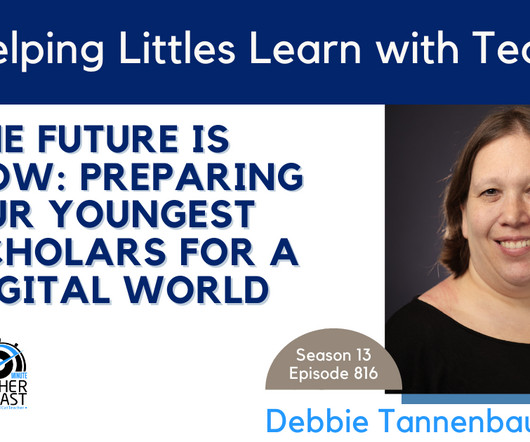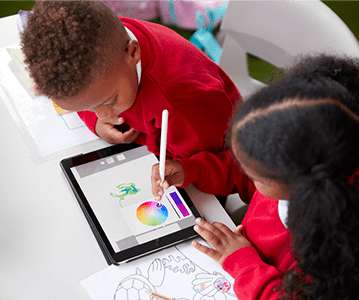The Future is Now: Preparing Our Youngest Scholars for a Digital World
The CoolCatTeacher
SEPTEMBER 11, 2023
Around 70% of kindergartners can use educational apps on tablets or smartphones. Importance of Professional Learning Network (PLN) 00:02:11:22 – 00:02:34:20 Debbie Tannenbaum discusses the importance of a PLN and how it has enriched her career. So tell us a little bit about your journey.















Let's personalize your content